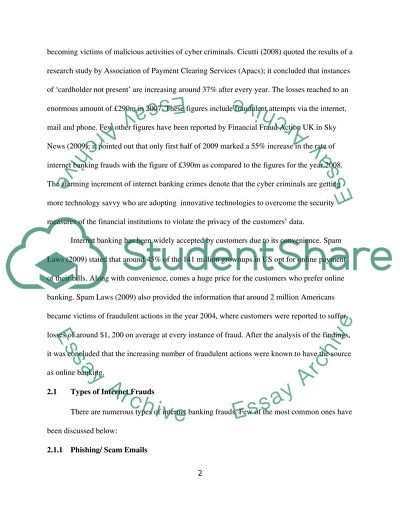Cite this document
(“Fraud Fears in Internet Banking 1.Introduction Dissertation”, n.d.)
Retrieved from https://studentshare.org/family-consumer-science/1422385-fraud-fears-in-internet-banking-1introduction
Retrieved from https://studentshare.org/family-consumer-science/1422385-fraud-fears-in-internet-banking-1introduction
(Fraud Fears in Internet Banking 1.Introduction Dissertation)
https://studentshare.org/family-consumer-science/1422385-fraud-fears-in-internet-banking-1introduction.
https://studentshare.org/family-consumer-science/1422385-fraud-fears-in-internet-banking-1introduction.
“Fraud Fears in Internet Banking 1.Introduction Dissertation”, n.d. https://studentshare.org/family-consumer-science/1422385-fraud-fears-in-internet-banking-1introduction.


